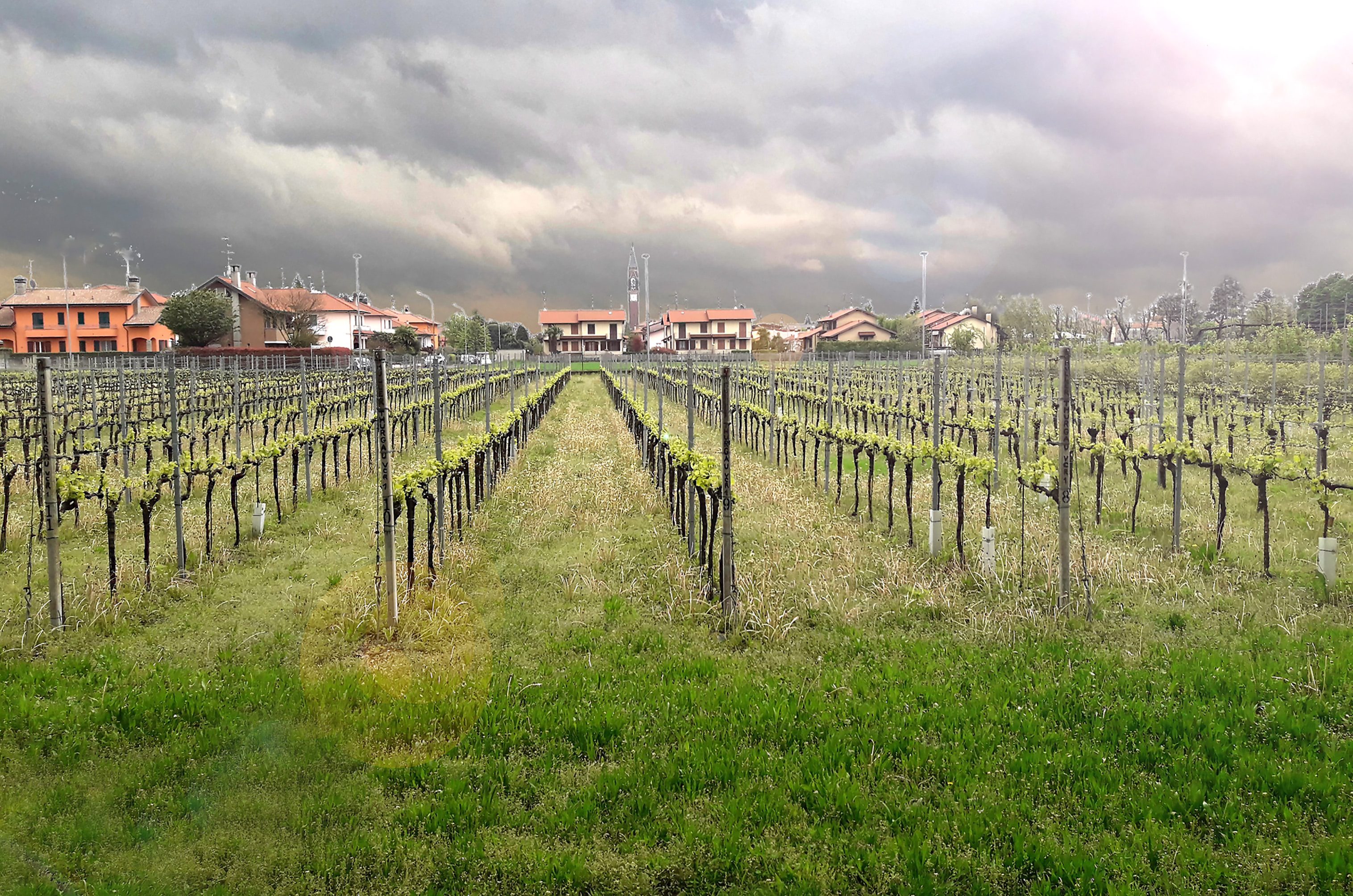Over the past two decades, Africa has overcome multiple obstacles to economic growth and eradicating poverty, registering a widespread progress. The gradual transformation of Africa’s food systems has been key to this process, but to sustain and accelerate growth—particularly in the face of demographic changes, urbanization, shifting diets, climate change and protracted humanitarian crises—a new set of innovative solutions is urgently needed.
Agriculture, a global frontier of modernization and innovation, has gone through several stages of reforms: the Green Revolution, agricultural mechanization and most recently digitalization. Each has transformed the way that our food is produced and consumed, reshaping the livelihoods of millions of farmers globally.
Digital technologies and services are set to play a central role for African countries in meeting their targets on poverty reduction, food security, and nutrition. Young entrepreneurs from Africa’s cities have flocked to rural areas, often developing ingenious solutions to some of the most pressing challenges.
- Studies suggest that in developing countries, each additional 10% of internet penetration can lead to a 1.35% increase in per capita GDP growth.
The digitalization of Africa’s food system presents new opportunities to apply digital and data-driven technologies to the agriculture value chain.
These can inform decisions at the production level; on value chain optimization and on storage methods; and help farmers prevent food waste and loss at the harvest and post-harvest levels. Data, obtained from digitalization efforts, can also inform the policies for agricultural transformation.
Digital technologies can help in reducing malnutrition —undernourishment, micronutrient deficiencies, and overweight and obesity—that remains a massive global challenge for people of all ages. Limited access to information, particularly among women and vulnerable groups in remote areas, is a major barrier to the adoption of best nutrition practices.
- An effective example of a digital intervention is mNutrition, which targets women and young children to change child feeding and dietary practices.
The initiative aims to create demand for nutrition and health-related services, establish timely and efficient data surveillance tools for key nutrition indicators, and promote nutrition-sensitive agriculture practices among 3 million people across 12 countries in Africa and Asia.
Examples of the nutrition-sensitive interventions include the cultivation and consumption of nutritious crops, as well improved livestock management and consumption of animal-based products. Nearly, 81% and 69% of long-term and new users, respectively, of mHealth, another initiative under mNutrition that focuses on delivering relevant and actionable messages via SMS, exclusively breastfed their babies for the first six months.
Through its mobile-based cashless platform, Twiga Foods (another Kenyan start-up) connected small rural fruit and vegetable farmers to small and medium-sized urban vendors.
Twiga offers higher prices and a guaranteed market to rural farmers, thus reducing post-harvest losses, and ensuring a reliable supply to city vendors.
- Urban consumers pay 10%-15% less for Twiga products compared to traditional wholesale markets, allowing them to consume more diverse, fresh, and nutritious foods. Additionally, the digital platform offers access to financial products such as loans.
Governments across the continent are also embracing digitization: The Nigerian government introduced the eWallet program to reform its input subsidy program. The eWallet program manages the delivery of fertilizer and seeds farmers are entitled to; the location of the agro-dealers supplying inputs; and the amount of out-of-pocket contribution.
- The program introduced transparency and traceability of transactions, besides offering an avenue to deliver additional benefits to farmers, such as vouchers for nutritional supplement.
- By 2017, the eWallet system was benefiting 17 million farmers (many of them women), 2,500 agribusinesses, 800 e-extension workers, and over 2,500 service points in Nigeria.
To bridge the digital divide and allow food system actors to benefit from these innovations, research shows, communities need to be better connected to electricity (including renewable and off-grid); and households, schools, and workplaces should have more reliable telecommunications and internet connections, including fiber optic.
Mobile internet services and handsets should be made affordable and accessible.
Digital technologies and services are powerful tools that—if brought to scale or replicated across borders—can help to transform Africa’s food systems, ensuring that the progress witnessed in tackling hunger and malnutrition is sustained and accelerated.
Katrin Glatzel is Program Head of the Malabo Montpellier Panel at the International Food Policy Research Institute. Sheryl Hendriks is Professor in Food Security at the University of Pretoria and a member of the Malabo Montpellier Panel.
First Appeared in The Africa Report.

